Size: 1 packet
Caring for lotus seeds, and eventually the plants they sprout into, involves several key steps to ensure successful growth. Lotus (Nelumbo nucifera or Nelumbo lutea) are beautiful aquatic plants that can be grown from seed with proper attention.
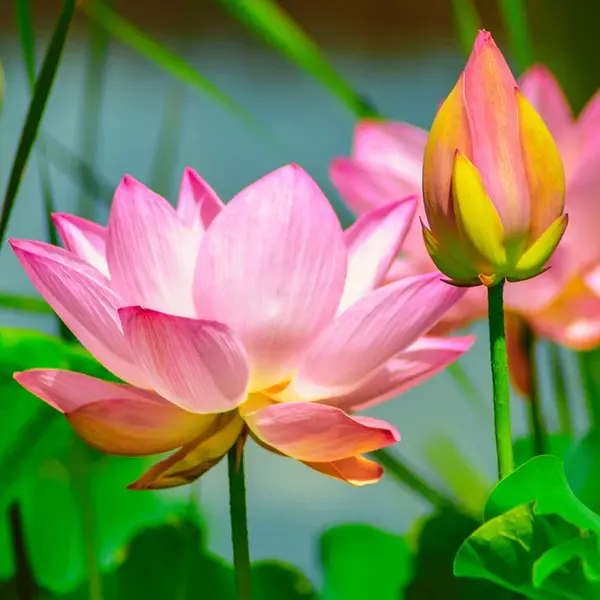
1. Scarification of Seeds
Lotus seeds have an incredibly hard outer shell, which is why they can remain viable for centuries. To allow water to penetrate and initiate germination, the seed coat must be “scarified” (nicked or filed).
- Method:
- Gently file or sand down a small portion of the hard, dark brown seed coat. You can use a file, sandpaper, or even a knife.
- Focus on the rounded or flatter side of the seed, avoiding the pointed end where the embryo is located.
- Stop once you see the cream-colored inner layer of the seed. Be careful not to damage this inner layer, as it can lead to fungal infections and prevent germination.
- Some sources suggest carefully drilling a small hole into the dimpled end of the seed.
2. Soaking and Germination
Once scarified, the seeds are ready for soaking.
- Water Temperature: Place the scarified seeds in warm water, ideally between 27-31°C (80-90°F).
- Container: Use a clear container (like a glass cup) so you can observe the seeds.
- Water Changes: Change the water daily, or whenever it becomes cloudy. Cloudy water indicates bacterial growth, which can harm the sprouting seeds. Clean, fresh water is crucial.
- Sprouting: Seeds usually swell and sprout within a few days to a week. You’ll see a small root and then a shoot emerge. Nelumbo lutea (American lotus) may take longer than Nelumbo nucifera (Sacred lotus).
3. Transplanting and Early Growth
Once the seedlings have developed a few leaves (typically when stems are around 10 cm or 4 inches long) and a healthy root system, they are ready for planting.
- Container: Choose a wide, shallow, watertight container without drainage holes. A minimum of 30 cm (12 inches) deep and 60 cm (24 inches) wide is recommended for larger varieties, though smaller varieties can use smaller pots.
- Soil: Lotus thrive in heavy clay soil or a mixture of loam and clay. Avoid regular potting soil, as it contains too much organic matter and will float in the water. Aim for a soil depth of 7-12 cm (3-5 inches).
- Planting: Gently embed the sprouted seed or small tuber into the soil, ensuring the sprouts are pointing upwards. You can lightly cover the seedling with soil.
- Water Level: Slowly add warm water to the container until it’s just barely topping the leaves. As the plant grows and the leaves extend, you can gradually increase the water depth. Maintain a consistent water level, topping up daily or every other day to account for evaporation.
- Sunlight: Lotus plants need full sun, at least 6-8 hours of direct sunlight daily, for healthy growth and blooming.
- Temperature: Lotus prefers warm conditions. Active growth begins around 21°C (70°F) and blooms occur at 27°C (80°F) or higher. Ensure outdoor temperatures are consistently warm before moving seedlings outside, typically from May to mid-June in temperate climates.
4. Ongoing Care
- Fertilization: Do not fertilize lotus seedlings in their first year if growing from seed, as they are busy establishing tubers. Once the plant has developed several “aerial” leaves (leaves standing above the water, not just floating on the surface), you can begin fertilizing. Use a slow-release aquatic plant fertilizer specifically designed for pond plants. Follow the manufacturer’s instructions, generally fertilizing every 2-3 weeks during the growing season (spring through mid-July). Over-fertilizing can be detrimental.
- Water Quality: Keep the water clean and free of debris. Regular water changes help prevent stagnation and the buildup of harmful bacteria.
- Pruning: Remove any yellowing or dead leaves and spent flowers. Never cut flower or leaf stems below the water level, as this can allow oxygen to escape from the roots and tubers.
- Pest and Disease Control: Lotus are relatively resistant to pests, but aphids or caterpillars can sometimes be an issue. You can manually remove them or use appropriate aquatic plant-safe treatments.
- Overwintering (in colder climates): Lotus tubers are not frost-hardy.
- Pond: If your pond is deep enough that the water won’t freeze solid (below the frost line), you can leave the lotus in the pond.
- Container: If growing in containers in colder climates, move the container to a frost-free location like a garage or basement once temperatures drop. The tubers can be stored in a cardboard box filled with vermiculite or perlite, or the entire pot can be stored, ensuring the soil remains moist. Return the lotus to its sunny outdoor spot in spring after the danger of frost has passed.

Key Considerations:
- Patience: Lotus grown from seed often focus on developing tubers in their first year and may not bloom until the second year.
- Variety: Choose a lotus variety suited to your climate and space. There are various sizes available, from dwarf to large.
- Invasiveness: Be aware that lotus can be invasive in natural bodies of water. Growing them in containers prevents this issue.
By following these care steps, you can successfully cultivate beautiful lotus plants from seed.
Only logged in customers who have purchased this product may leave a review.

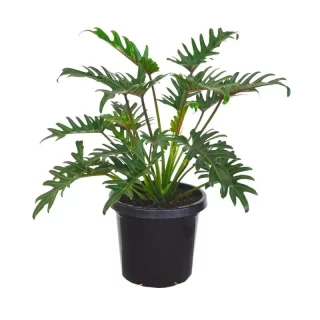
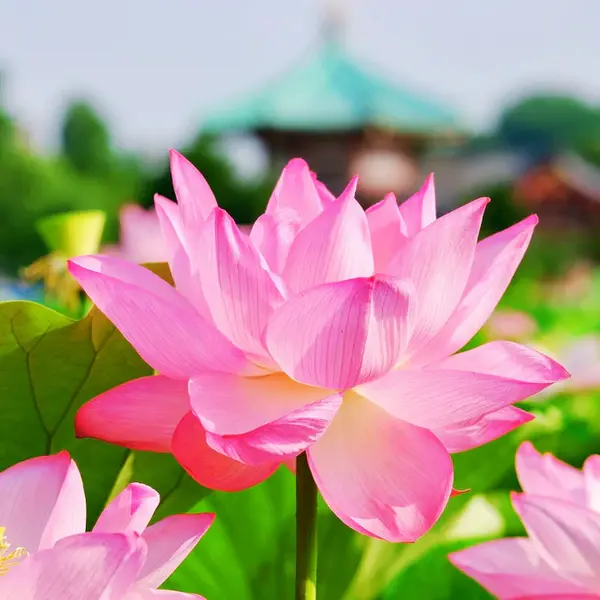
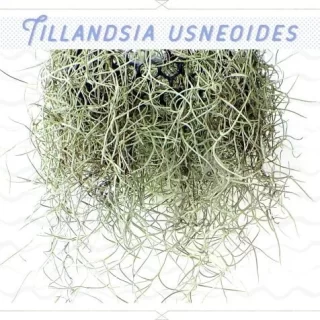

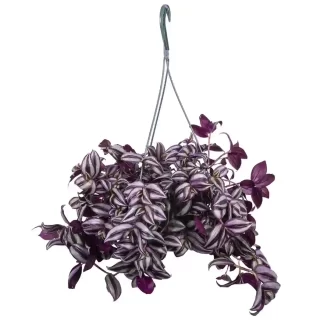
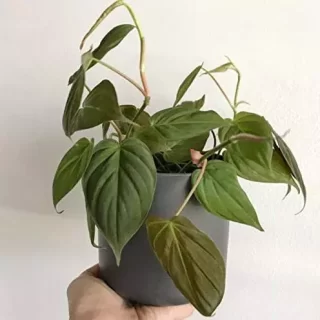
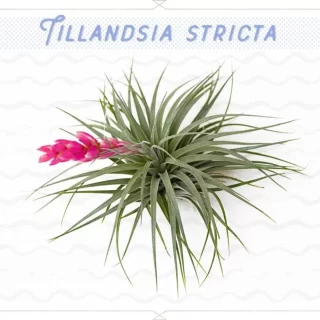
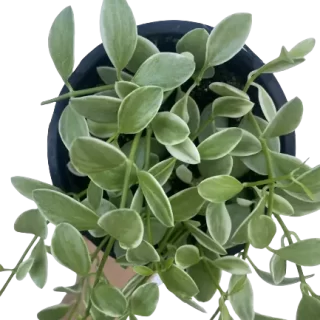
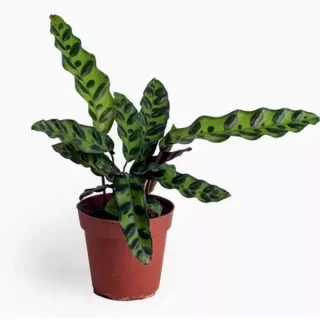
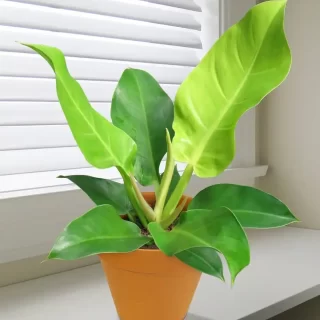
 If you need any assistance, I'm always here. Have you found what you were looking for?
If you need any assistance, I'm always here. Have you found what you were looking for?
Reviews
There are no reviews yet.